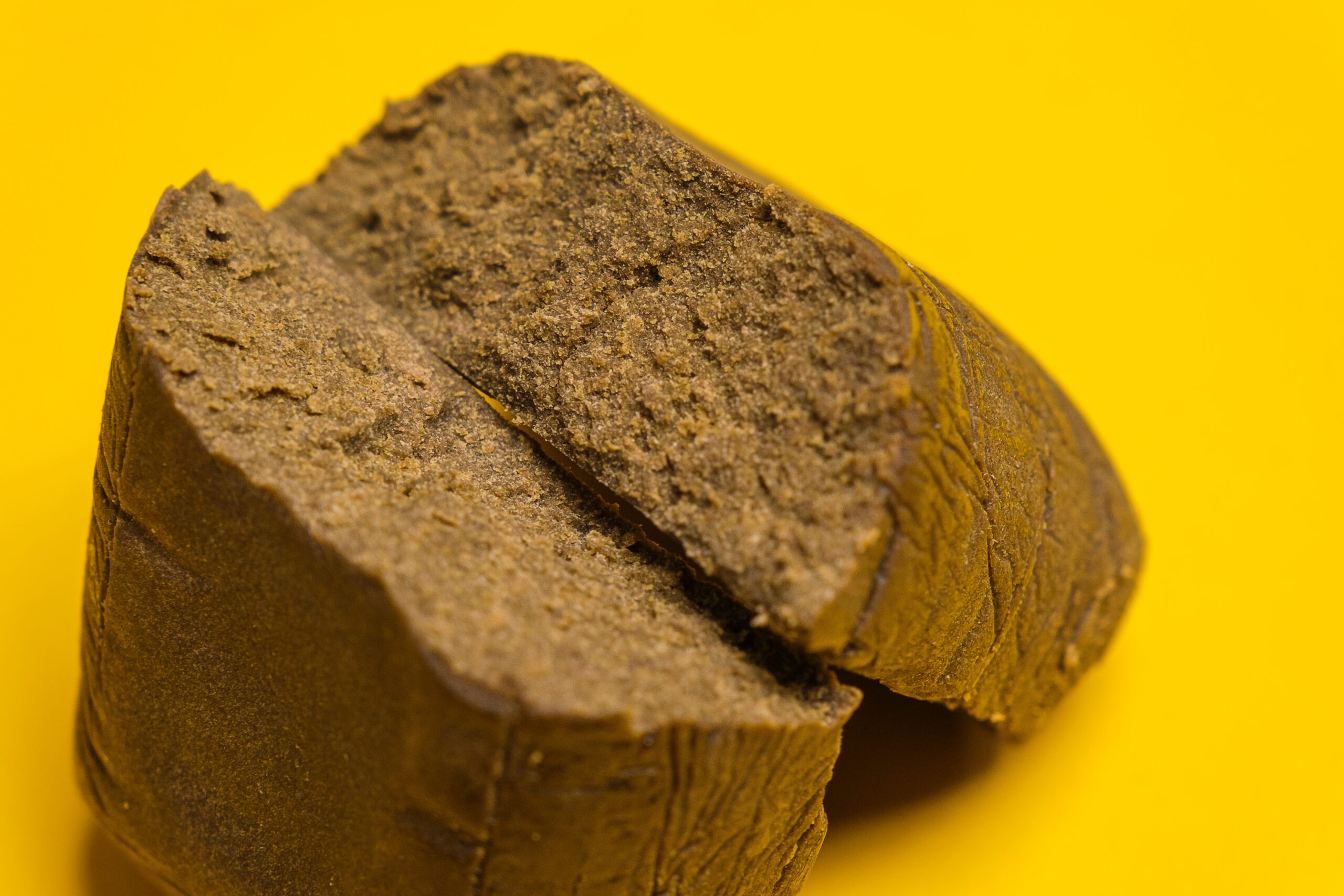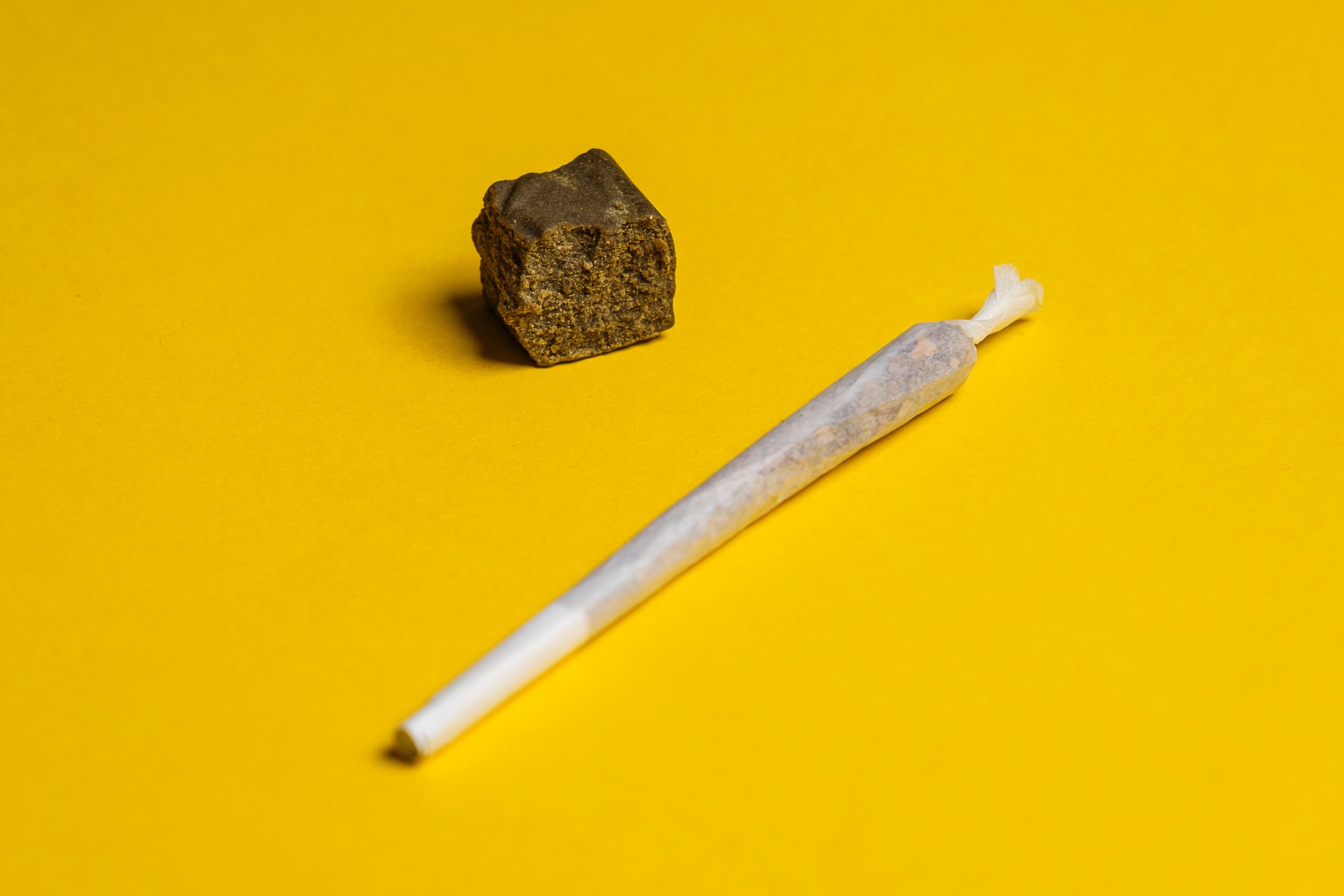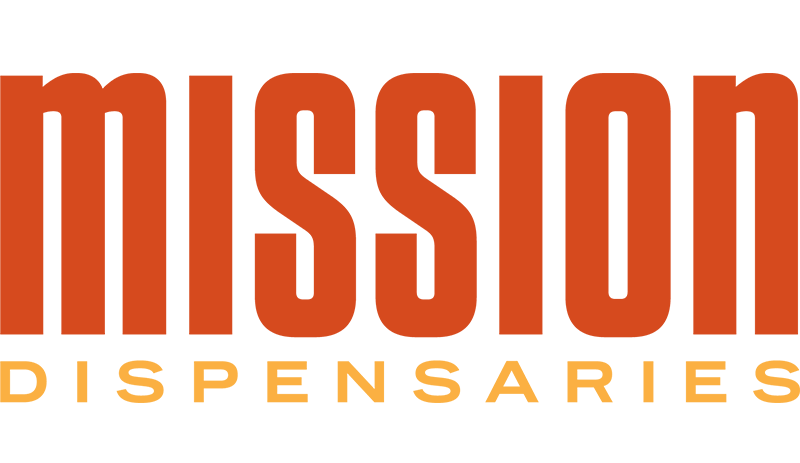When you think about cannabis concentrates, your mind might jump to ultra-refined options like wax, shatter, or BHO. But there’s another kind of concentrate—simpler, older, and still widely respected—that deserves attention: hash.
Also known as hashish, it dates back at least 2,000 years, and possibly even earlier. First popularized in ancient India and Persia, it slowly spread West over the centuries. But what exactly is hash, and is there still a place for it in a modern-day dispensary?
The answer? Definitely! In this guide, we’ll break it all down. Read on and learn:
- What is hash?
- How is hash made?
- Types of hash
- Is hash stronger than weed?
- Rating hash quality
- How to consume hash
…and much more. Whether you’re new to concentrates or exploring traditional forms of cannabis, you’ll leave with a clear understanding of this ancient extract.
What Is Hash?
Hash is a concentrated form of cannabis made by pressing together dried trichomes—the resinous glands that cover the cannabis flower. These dried trichomes—known as kief—are rich in cannabinoids and terpenes, and when collected and compressed, they form a dense, potent substance.
Hash typically appears in small bricks or balls and can range in texture from soft and oily to dry and chalky, depending on the strain and production method.

While it’s difficult to pinpoint the exact origins of hash, it’s believed that it was being made in ancient India and Persia by at least the first millennium BCE. By the 15th century AD, the advent of dry-sifting had transformed the earliest forms of hash into a more portable and potent product. As trade expanded, so did hash—traveling west along major trade routes alongside spices, silks, and other valued goods.
How Is Hash Made?
Hash is unusual among cannabis concentrates in that it requires very little specialized equipment. The essential process for making hash is collecting trichomes and compressing them into a solid mass. This can be done through:
- Dry sifting: using fine screens to separate trichomes from plant material.
- Ice water extraction: washing flower in icy water to knock off trichomes.
- Hand-rubbing (charas method): rolling fresh cannabis between palms to collect resin.
Each method yields different textures and potencies but shares one common goal: preserving the best parts of the cannabis plant.
Different Types of Hash
While all products known as hash are made of collected and pressed kief, there are a few variations from the original style you might want to explore.
Hash Rosin
Of all hash variations, hash rosin is the most similar to traditional hash, as it’s made by applying heat and pressure to already prepared hash. The result is an even denser, richer, and more refined form of hashish, renowned for its flavor and purity.
Bubble Hash
Also known as “ice water hash,” bubble hash is a solventless concentrate made by agitating cannabis flower in icy water. This process loosens the potent trichomes from the plant surface, allowing them to break off and settle at the bottom for collection. The flower is typically placed inside a series of mesh filter bags—commonly called bubble bags—which help isolate different sizes of trichomes across multiple layers, usually between four and eight bags.
Once separated, the trichomes are filtered to remove plant matter, lipids, and other impurities, resulting in a clean, sandy or pebble-like product. The name “bubble hash” comes from the bubbling effect observed when high-quality hash melts under heat.
Bubble hash can be made using either cured or fresh cannabis flower. However, many producers—including our own house hash products—now prioritize fresh flower to better preserve the plant’s terpene profile and overall potency. Bubble hash is often enjoyed on its own or further refined into hash rosin for dabbing or vaporization.
Bubble hash vs kief: Bubble hash undergoes further refinement with water and filtering, making it purer than loose kief.
Hash Oil
Despite the name, hash oil is very different from traditional hash. Made by extracting the cannabis plant’s fragrant terpenes and potent cannabinoids by the use of a solvent such as butane or alcohol, it takes the form of a thick, viscous oil that can be smoked, vaped, eaten, or used as a topical.
Hash vs Weed: What’s the Difference?
Many customers who are new to concentrates often ask how hash differs from cannabis flower. While both come from the same plant, their form, composition, and potency are quite distinct.
- Cannabis flower: Refers to the dried buds of the plant, which can be ground and smoked in joints, pipes, or bowls.
- Hash: A dense, compact concentrate—often oily or crumbly in texture—formed by pressing together the plant’s trichomes. Though they make up a small fraction of the plant’s total weight, they hold the majority of its cannabinoids and terpenes.
When flower is consumed, you’re smoking a mix of trichomes and plant material. But with hash, you’re consuming only the trichomes—pressed and purified—without the surrounding leaves or other plant matter. This difference not only impacts texture and appearance but also results in significantly higher potency.
Is Hash Stronger Than Cannabis?
Yes, hash is typically stronger than weed. While high-THC flower may reach up to 30 – 35% THC, hash usually starts around 40 – 60% THC or more, depending on the type. Products like hash rosin and hash oil can potentially reach even higher levels.
That said, the experience of hash isn’t just about strength; it’s also about flavor, smoothness, and tradition. Hash tends to deliver a different kind of high, sometimes more body-focused and other times cerebral, depending on the source strain, method of consumption, and one’s own physiology.
Kief vs Hash: What’s the Difference?
While closely related, kief and hash are not the same. Kief refers to the fine, powdery trichomes that naturally fall off cannabis flower during handling, grinding, or sifting. It’s a loose, dust-like material that can be sprinkled onto flower to enhance potency and flavor.
Hash, by contrast, is made by further refining kief, then collecting and compressing into a more solid, stable form. This process not only concentrates the cannabinoids and terpenes but also improves shelf life and makes the product easier to handle.
While kief is typically used as a boost to flower, hash can be enjoyed on its own—smoked, vaporized, dabbed, or infused—offering a more potent and enduring experience.
Rating Hash Quality
Not all hash is created equal. The cannabis community often uses a star or melt rating system to assess purity and performance:
- 1 – 2 Stars: These grades of hash will typically include a significant proportion of plant material. Sometimes labelled “food grade hash,” they’re great for making edibles, or sprinkled into a bowl or crumbled into a joint to add a burst of potency and flavor.
- 3 – 4 Stars: Also known as “half melt,” these grades of hash still contain small amounts of plant material. Arguably, their most popular use is as the raw material for rosin, the refined style of hash that’s made using only hash, heat, and pressure.
- 5 – 6 Stars: These grades are the best of the best, and command proportionally higher price tags. At six stars, a hash will truly earn the name “full melt,” meaning that it should leave no residue behind when smoked, making it ideal for dabbing or vaping.
When shopping, ask your budtender about melt ratings to find the best product for your preferences and budget.
How to Consume Hash

Hash is commonly used to add a blast of potency and flavor to edibles, joints, or bowls. Simply chip off a bit with a knife or similar implement, and you’re good to go. That said, there are purpose-made tools for enjoying hashish; here are a few of the most popular:
Hash Pipe
Similar to a standard hand pipe, this device features small holes at the rim of the bowl, rather than one at the bottom. This prevents precious material from falling through as it burns.
Chillum
Thought to have been first popularized in India hundreds of years ago, the chillum spread to Africa and then to the Americas, where it became an integral part of Rastafarian rituals. Similar to a ceramic or stone “one-hitter,” it can add a unique twist to your hash-smoking routine.
Water Pipe
Also known as a hookah or shisha, the water pipe is believed to have originated either in India or Persia around the 17th century. It’s a simple way to cool, purify, and inhale the smoke from hash, tobacco, or cannabis.
Healthstone
Essentially an inert stone on which to place small amounts of hash, this modern implement is designed for use with a special, miniaturized dab rig. The pumice-like texture allows melted hash to permeate, making it easier to pass the rig around and share.
Shop High Quality Hash and More at Mission
Hash is a time-honored cannabis concentrate made from compressed trichomes. It’s available in several forms—from dry-sifted bricks to premium bubble hash and solventless hash rosin—and offers potency, purity, and rich flavor.
For those curious about traditional cannabis products or looking to try something more potent than flower, hash is a rewarding place to start.
Visit your nearest Mission Dispensary in Illinois or Massachusetts to explore a curated selection of hash products, including bubble hash, hash rosin, and more. Don’t miss our hash rosin offerings from Dabl in Massachusetts, and keep your eyes peeled for Dabl’s hash rosin arriving in our Illinois stores soon—our team is here to guide you, whether you’re new to concentrates or a seasoned enthusiast.

